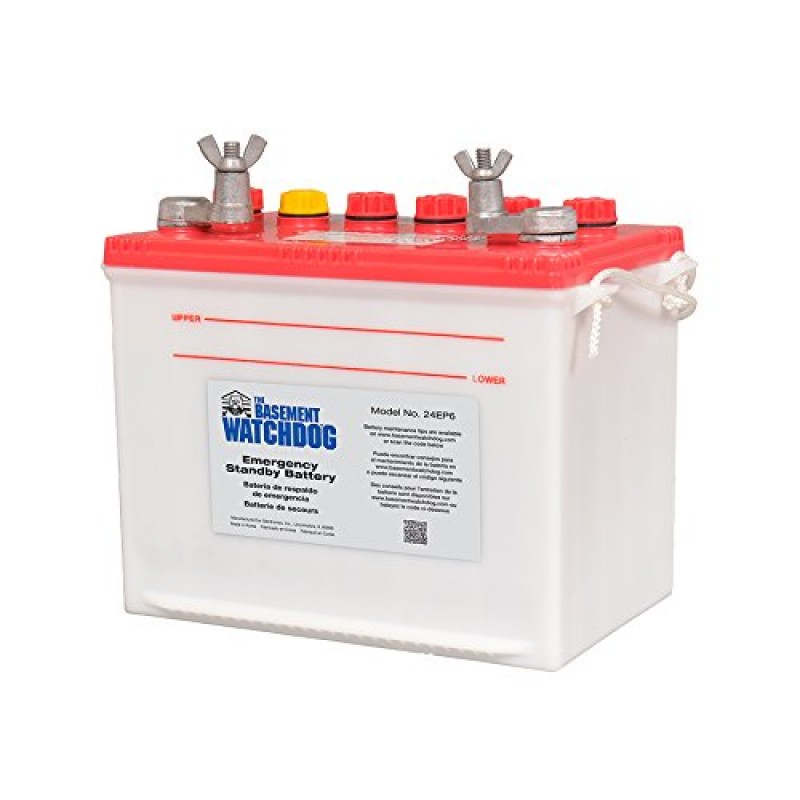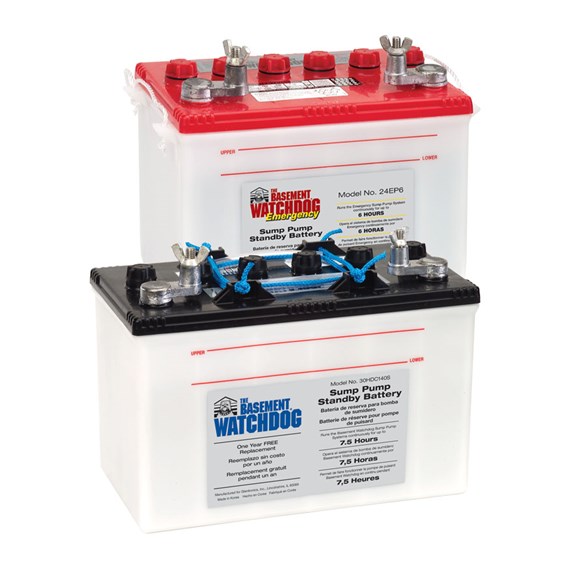

NEGATIVE Ring Lug from Controller /Flat Washer / Lock Washer / Nut Attach the POSITIVE (+) ring lug from the controller to the POSITIVE (+) terminal of the battery. Attach the NEGATIVE (-) ring lug from the controller to the NEGATIVE (-) terminal of the battery. Assemble the hardware in the sequence below. Remove the hardware from the plastic bag.Place the battery in a protective battery box.
WATCHDOG BATTERY MANUALS
I’ve made a simple Ke圜hainino Christmas Lamp to hang up on your Christmas Tree.3.1 Related Manuals / Resources Connection Instructions This because the microcontroller wants it to use the WD interrupt. Remember to add the ISR(WDT_vect) function to your sketch. These two setting must be done at the same time. Finally we set the WDIE bit that enables the watchdog interrupt instead of the reset of the microcontroller. In our case we set the prescaler to 1 sec by set the WPD2 and WPD1 bits. Now we can set the value of the WD prescaler according to its table. Next we set the WDE bit to enable the WD. So we need to clear it to make the interrupt works again.Īfter, in the WDTCSR register, we set the WDCE bit that is the watchdog change enable to clear the WD timer and also permits to change the prescaler value. Every time we have a watchdog interrupt, this bit is set to 1 by the microcontroller. The MCU Status register – aka MCUSR – and the Watchdog timer control and status register – aka WDTCSR.įirst, in the MCUSR register, we need to reset the WDRF bit that is the flag of the watchdog interrupt. To enable the watchdog we need to set two registers: So, take a look of the Attiny84’s datasheet. I’m sorry, but there isn’t another way! 🙂 Well, but how we set the watchdog and, more important, how we set its timer value?
WATCHDOG BATTERY CODE
If the microcontroller goes to sleep for the seconds that we have set, the code return to turn ON the LED. When the watchdog timer interrupt wake up the microcontroller, the code continues after the sleep_mode() function, disable the watchdog and re-enable all the peripherals. So, every second the waitSleep() function call the goSleep() function that set the watchdog, disable all the unnecessary peripherals an go to sleep(). In this case we have set the watchdog to fire every 1 sec. This because the watchdog timer can be set in different timing.

The waitSleep() function counts the number how seconds we want to sleep. We are using this function instead of the delay() function.

Well, we have created the function waitSleep() where we can indicate how many seconds we want to sleep. If we want to blink a LED, we usually do this: void loop ( ) If we use battery we can save a lot of power! So we can put to sleep the microcontroller, save power energy, and then wake up the microcontroller with the watchdog set to certain time. Otherwise, when the microcontroller’s sketch – or firmware – is stucked in some point, we can’t reset the watchdog timer and the microcontroller will be reset.īut watchdog timer can also be used like a timer that wakeup the microcontroller after a certain time, by using its interrupt. When we enable the watchdog, during normal operation, we need to reset it. Yep! The watchdog, normally, is used to reset the microcontroller when it stuck in a part of the program for many reason. The watchdog – according to wikipedia – is an electronic timer that is used to detect and recover from computer malfunctions. This dog watch you… and is called the watchdog 😀

Not a normal dog, but a special one who don’t need a leash. Today I want to talk about a particular dog.


 0 kommentar(er)
0 kommentar(er)
